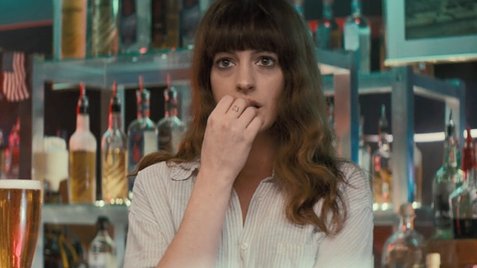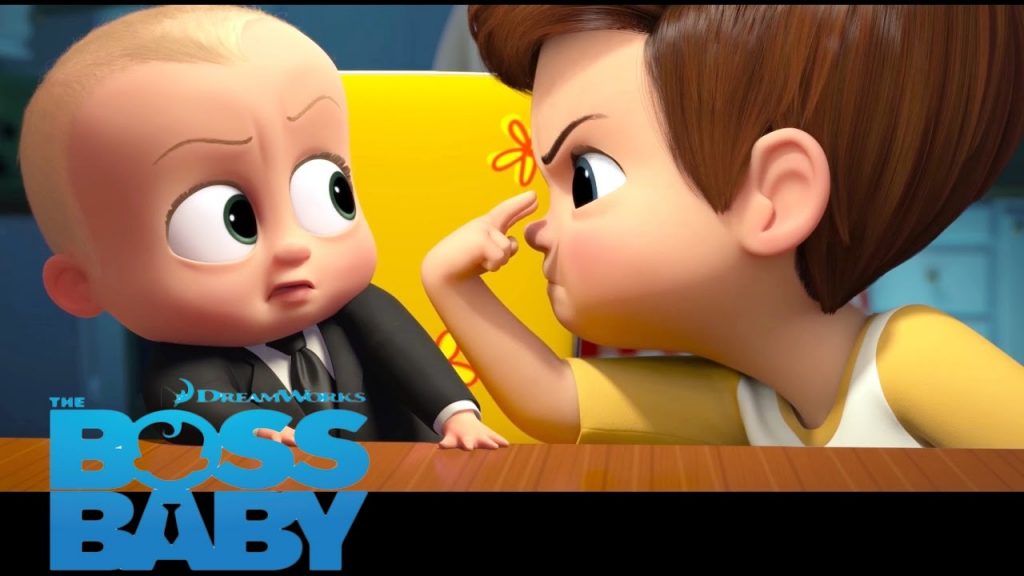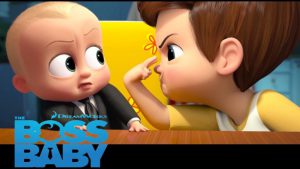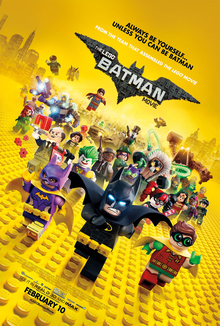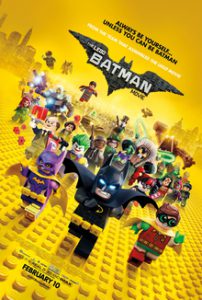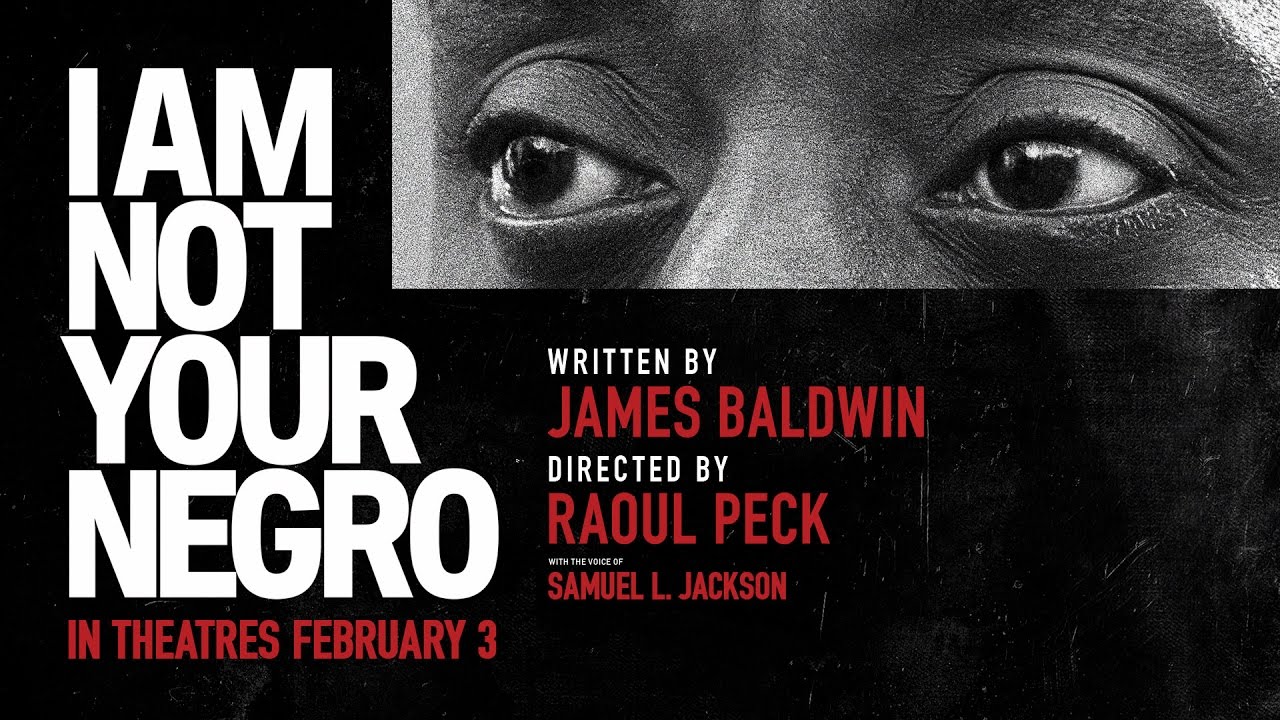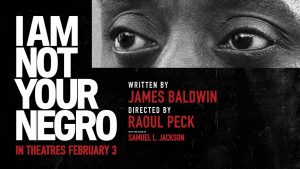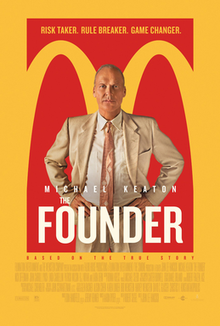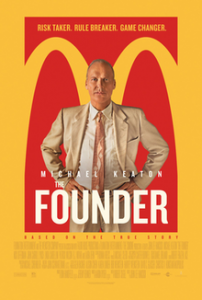Colossal
Posted on April 13, 2017 at 5:22 pm
B +| Lowest Recommended Age: | Mature High Schooler |
| MPAA Rating: | Rated R for language |
| Profanity: | Very strong and crude language |
| Alcohol/ Drugs: | Drinking, alcohol abuse, drunkenness, drugs |
| Violence/ Scariness: | Sci-fi/action monster violence |
| Diversity Issues: | None |
| Date Released to Theaters: | April 7, 2017 |
| Date Released to DVD: | July 31, 2017 |

Writer/director Nacho Vigalondo wants you to come to the movie with expectations. You think that when you see doe-eyed Anne Hathaway with her cute rom-com bangs and English-accented boyfriend and drinking problem serious enough for memory loss but not serious enough to give her unsightly bloat that you know not just where this is going but how many minutes it will take to get there. You see Gloria (Hathaway), having lost everything, move back into her empty childhood home in a small town and immediately run into Otto (Jason Sudeikis), a regular American guy who with whom she clearly has history and chemistry and who seems to exemplify wholesome hometown values. He offers her a job at the bar he inherited from his dad and you think you know where it’s going. You think that the scenes of an enormous dinosaur-ish sort of monster attacking Seoul mean some lead character will fight it and someone will have to be rescued. Not really. Writer/director Nacho Vigalondo (“Timecrimes”) is here to mess with your expectations the way the monster messes with South Korea, and the job you happily accept is to sit back and enjoy it.
What that means, though, is that there isn’t much more I can tell you about what actually happens in this movie, except to say that the connections between these characters and the monster evolve in very unexpected ways and there are surprises around every corner.
You want to understand how all what happens/happened happened? This is not your movie. You want to consider it a metaphor that explores American insularity and arrogance? Be my guest, as long as you don’t think about it too hard, because it will not withstand an extended deep analysis. You want to see monsters? Well, this isn’t “Pacific Rim,” but there are some pretty cool monsters and they do a lot of damage. But I cannot promise you anything except something you haven’t seen before, and that’s good enough for me.
Parents should know that this film includes very strong and crude language, monster violence with characters injured and killed, drinking and drunkenness, and sexual references and a non-explicit situation.
Family discussion: What are the best and worst things about controlling a monster? What connected these characters to the monsters? What monster would you like to control?
If you like this, try: “No Such Thing”

